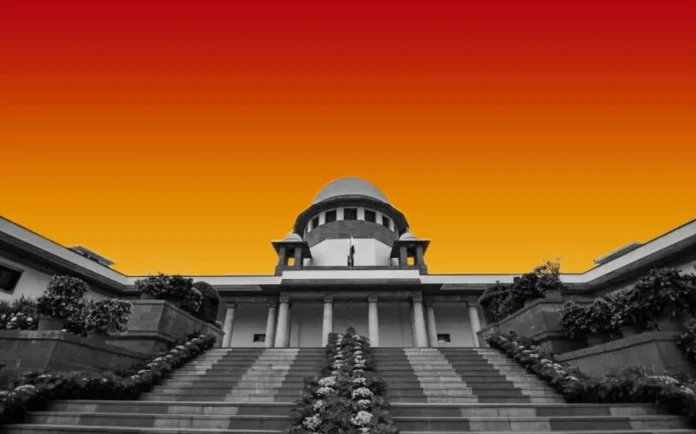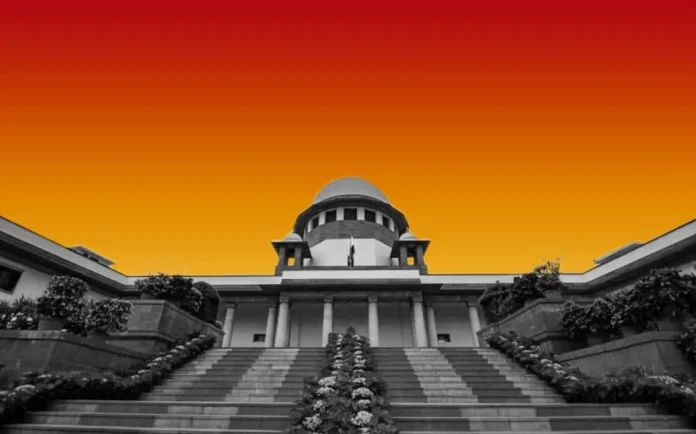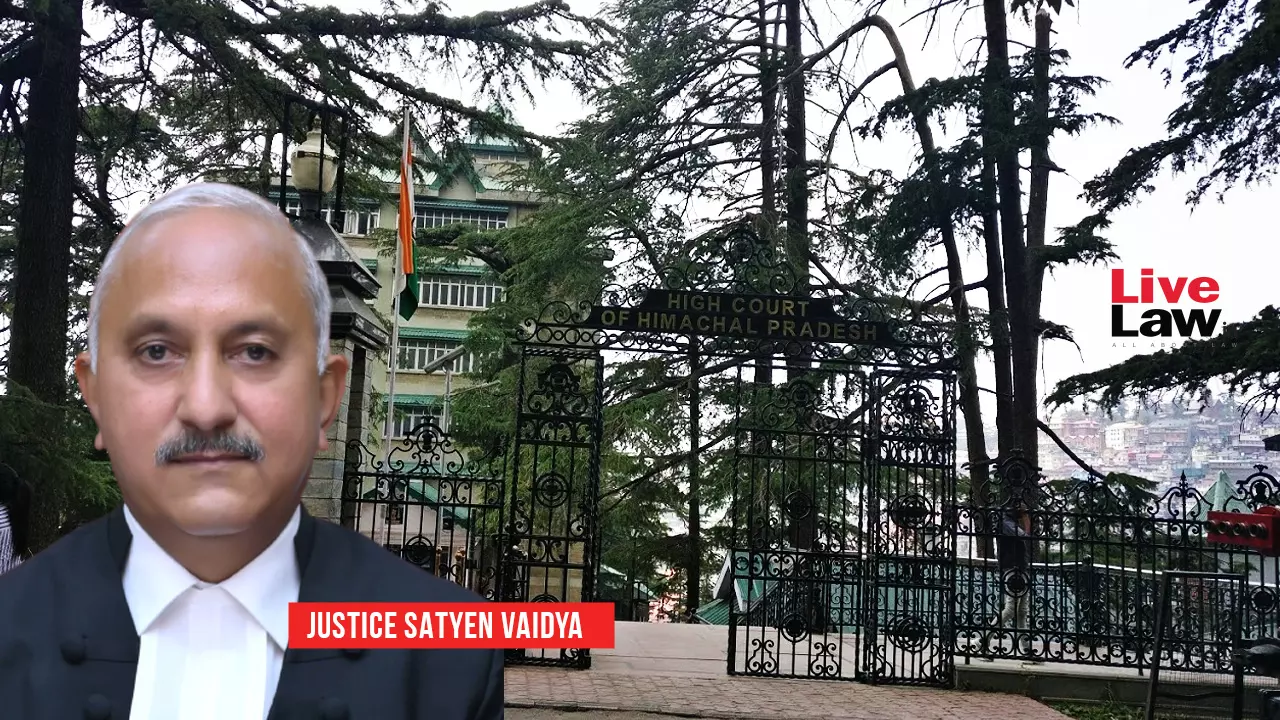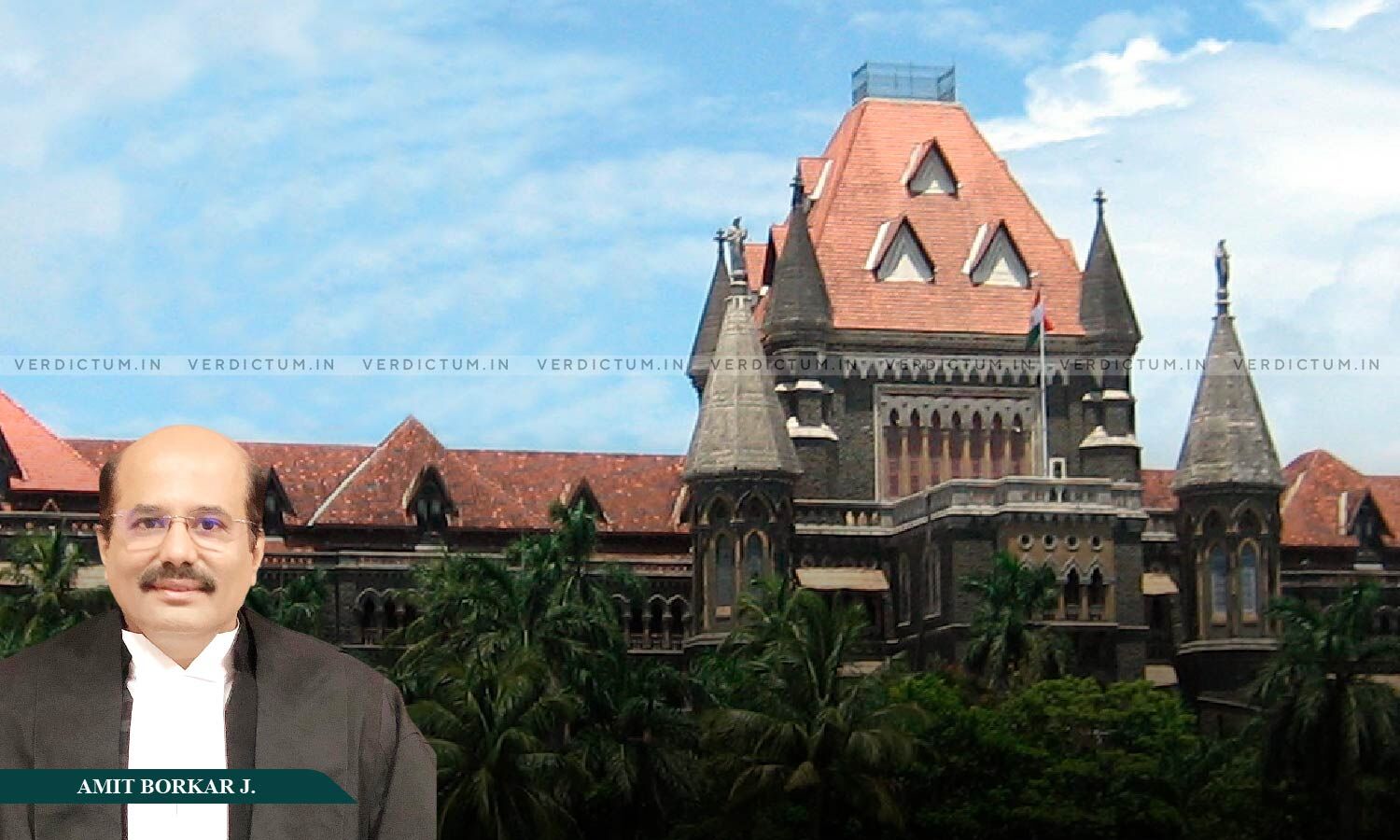Insurance company not liable to pay compensation in road accident caused by rash driving of deceased: Supreme Court

The Supreme Courtroom has dominated that an insurance coverage firm was not liable to pay compensation in a highway accident case below the Motor Automobiles Act, if the accident was attributable to the rash and negligent driving of the deceased.
The Bench of Justice PS Narasimha and Justice R Mahadevan dismissed the declare filed by the spouse, son and oldsters of 1 NS Ravisha, who died in a automotive crash in Karnataka in 2014.
The Apex Courtroom upheld the November 2024 order of the Karnataka Excessive Courtroom, which had rejected the household’s compensation declare of Rs 80 lakh in opposition to United India Insurance coverage Firm.
The Excessive Courtroom held that because the accident was brought on solely because of Ravisha’s personal fault, the declare couldn’t be sustained below Part 166 of the Motor Automobiles Act.
Police mentioned the accident occurred on June 18, 2014, when Ravisha was driving a Fiat Linea automotive from Mallasandra village to Arasikere city, accompanied by his father, sister and her youngsters.
Ravisha was rushing, violated visitors guidelines and misplaced management of the car close to Mylanahalli gate. The automotive toppled, leading to his loss of life from head accidents, it added.
A primary info report (FIR) was registered below Sections 279 (rash and negligent driving), 337 (inflicting harm to any individual by doing an act that endangers human life or private security by means of rashness or negligence), and 304-A (inflicting loss of life by negligence) of the Indian Penal Code. A cost sheet was consequently filed blaming Ravisha for the incident.
Ravisha’s household approached the Motor Accident Claims Tribunal (MACT), alleging {that a} tyre burst had brought on the accident. The Tribunal dismissed their declare on the grounds that the deceased was a self-tortfeasor and that the authorized heirs of an individual who brought on an accident couldn’t declare compensation for his loss of life.
The household challenged the decision within the Excessive Courtroom, which noticed that the household’s declare a couple of tyre burst was an afterthought and opposite to their unique pleadings.
Whereas the household later tried to amend their petition to incorporate the tyre burst concept, their software had already been dismissed by the MACT and was by no means challenged, famous the Excessive Courtroom.
It additional took into consideration the police information and motorcar inspection report, which indicated that the tyre had burst as a result of impression of the accident, not earlier than it.
Agreeing with the Excessive Courtroom’s observations, the Apex Courtroom rejected the household’s declare on the grounds that Ravisha had borrowed the automotive from its proprietor and, in doing so, stepped into the footwear of the proprietor. Due to this fact, as a tortfeasor himself, his household was not entitled to assert compensation below the insurance coverage coverage, which solely indemnified in opposition to third-party legal responsibility.





